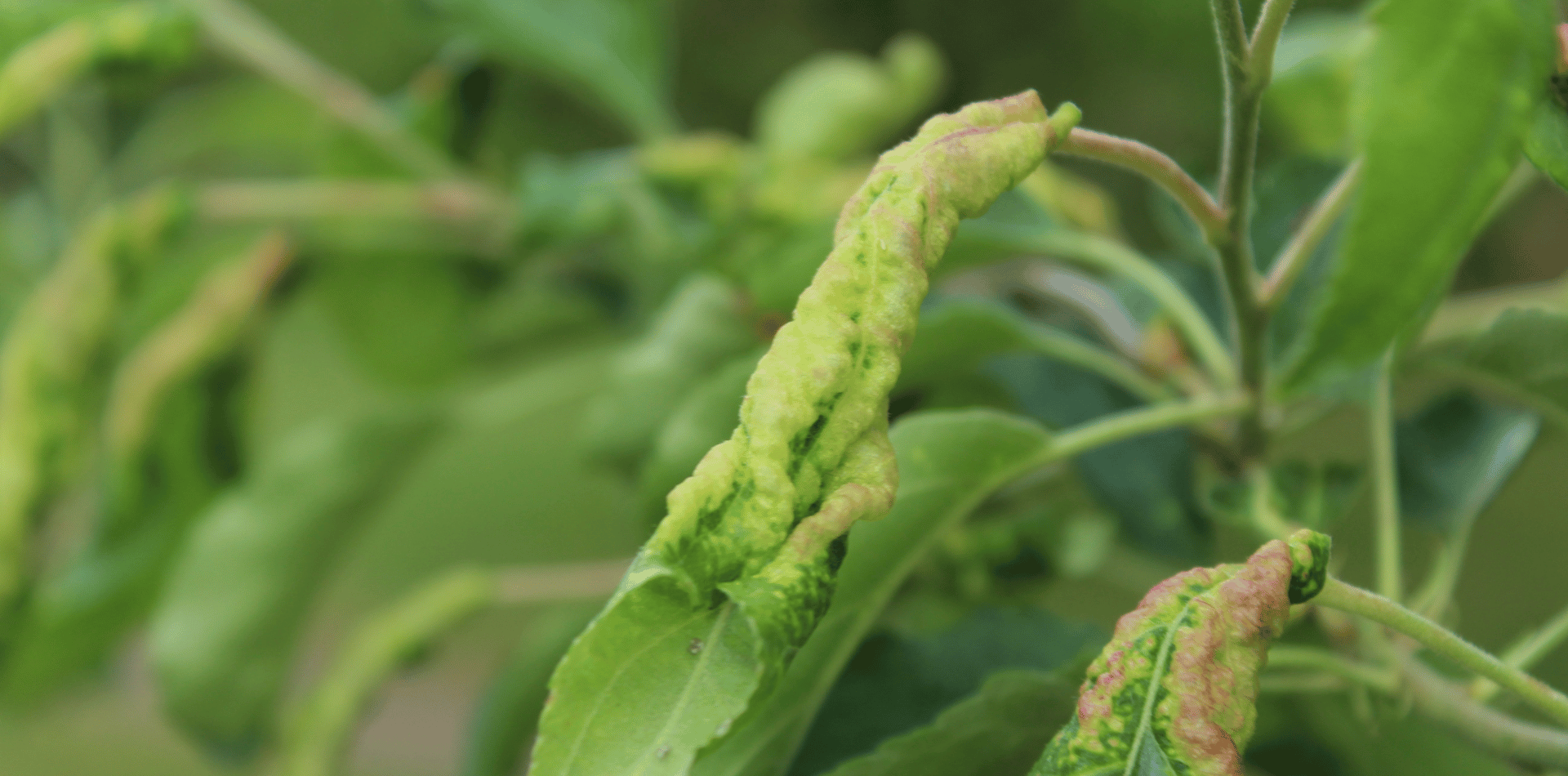Pruning Fig Trees
Pruning Fig Trees - How and When.
Pruning a fig tree is a critical task for maintaining its health, shape, and productivity.
Fig trees are known for their vigorous growth and can become unruly if not properly pruned. Regular pruning helps to control the tree's size, encourages the growth of fruit-bearing wood, and removes dead or diseased branches.
Let's look at how to prune a fig tree and identify the best time of year to perform this essential gardening task.
Best Time of Year for Pruning
The optimal time for pruning fig trees is during the dormant season, late winter or early spring, before new growth starts.
Pruning at this time minimises stress on the tree and allows for better wound healing. It also provides a clearer view of the tree's structure, making it easier to decide which branches to remove.
In regions with milder winters, pruning can be done in late winter to avoid damage from cold weather.
Avoid pruning in late autumn or early winter, as cuts may not heal before the onset of cold weather, which can lead to frost damage.
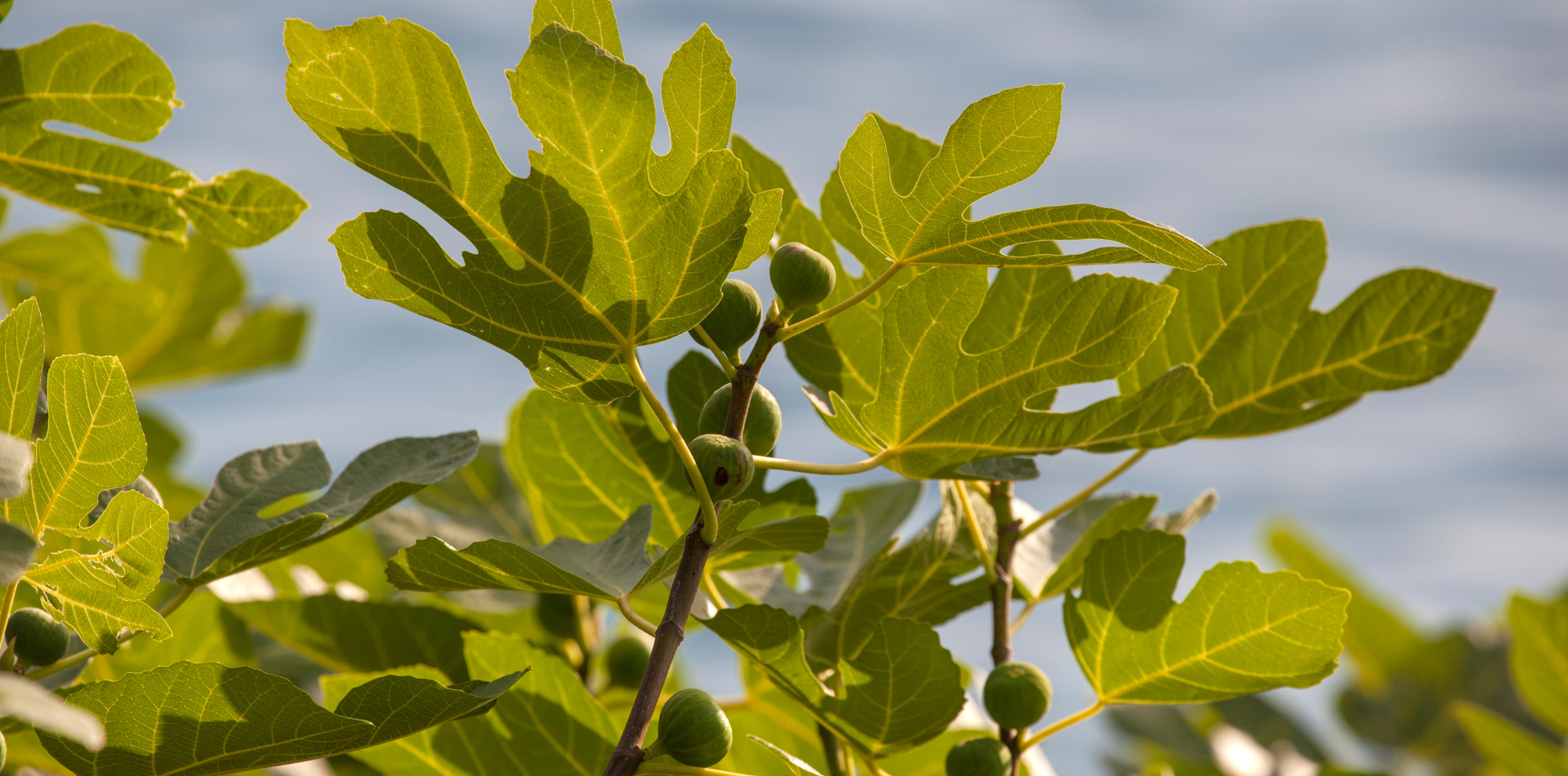
Tools You Will Need
- Clean, sharp pruning secateurs for small branches
- Loppers for medium-sized branches
- A pruning saw for larger branches
- Gloves to protect your hands
- Disinfectant (such as alcohol or bleach solution) to clean your tools between cuts
Steps for Pruning Fig Trees
- Sanitise Your Tools: Begin by cleaning your pruning tools with a disinfectant. This is crucial for preventing the spread of disease from one part of the tree to another or between different trees.
- Remove Dead or Diseased Wood: Identify and remove any dead, diseased, or damaged branches. These branches can harbor pests and diseases that may affect the health of the tree.
- Thin Out the Tree: Remove any branches that are crossing or growing inward toward the centre of the tree. Thinning the tree improves air circulation and sunlight penetration, which are essential for the health of the tree and the ripening of the fruit.
- Control the Tree's Size: Fig trees can grow quite large. If necessary, prune to control the size of the tree for easier harvesting and maintenance. However, be mindful not to remove more than one-third of the tree's canopy in a single year, as this can stress the tree.
- Shape the Tree: Fig trees can be shaped according to your preference or space requirements. Common shapes include an open vase or a more traditional tree form. When shaping, make sure to make your cuts just above a bud that is facing the direction you want the new growth to take.
- Encourage Fruit Production: Fig trees bear fruit on old wood, new season's growth, or both, depending on the variety. To encourage fruit production, you may need to prune differently based on your tree's fruiting habit. Generally, light pruning to remove deadwood and maintain shape is sufficient for most fig trees.
- Remove Suckers: Suckers are vigorous vertical shoots that grow from the base of the tree or the roots. Remove these suckers to direct the tree's energy into fruit production rather than vegetative growth.
Aftercare
Following pruning, it's important to care for your fig tree to ensure it recovers well and remains healthy:
- Watering: Keep the tree well-watered, especially during dry periods, to support new growth.
- Fertilising: Apply a balanced fertiliser in the spring to provide necessary nutrients for growth and fruit production.
- Monitoring: Watch for signs of pests or disease and take action as needed to protect the tree.
Pruning your fig tree is an essential part of its care and maintenance.
By pruning during the dormant season and following the steps outlined above, you can help your fig tree maintain its health, shape, and productivity.
Regular pruning not only facilitates easier harvesting and maintenance but also encourages the growth of delicious figs.
Remember, a little time and effort spent on pruning can lead to bountiful harvests in the future.


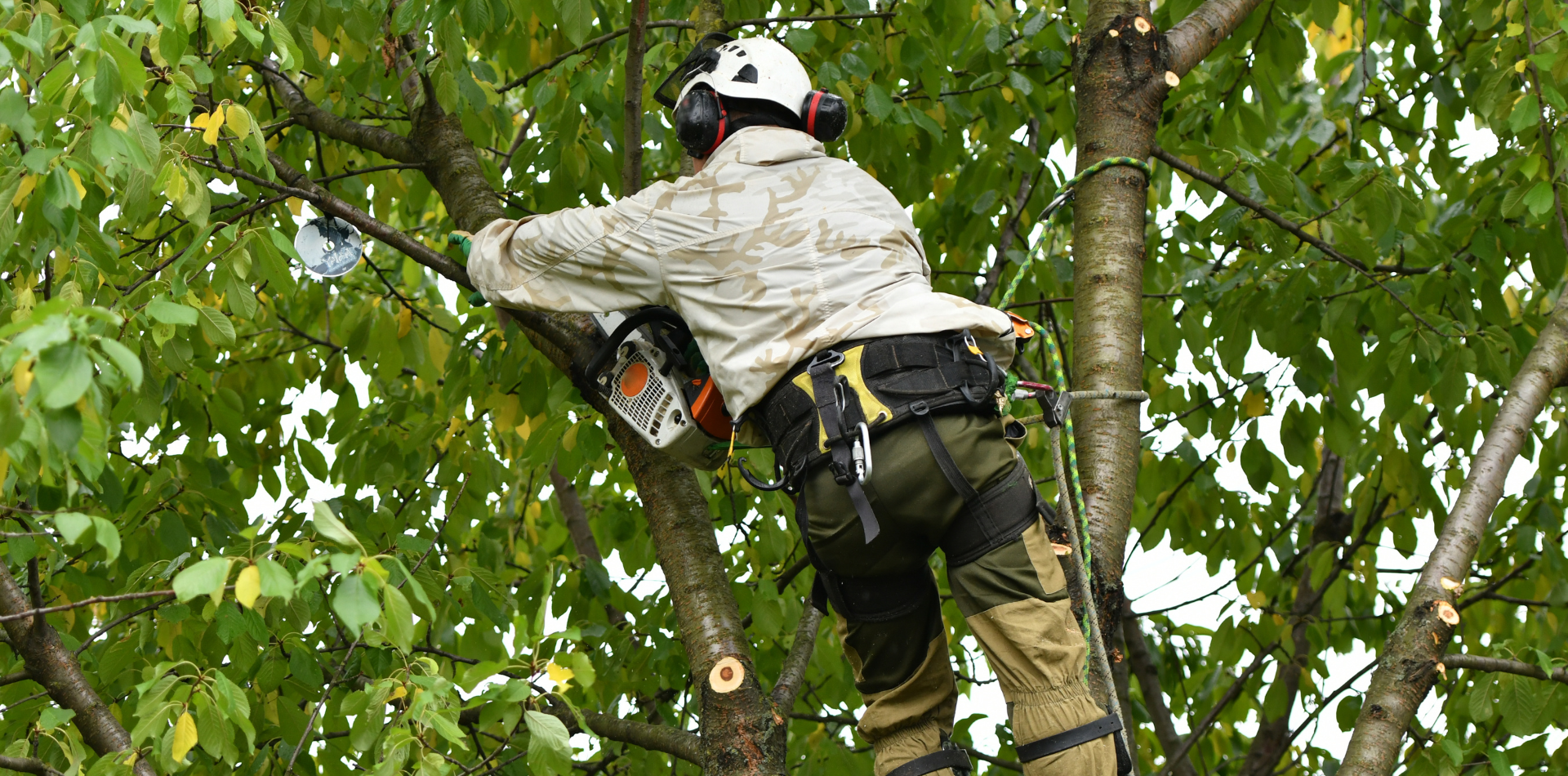

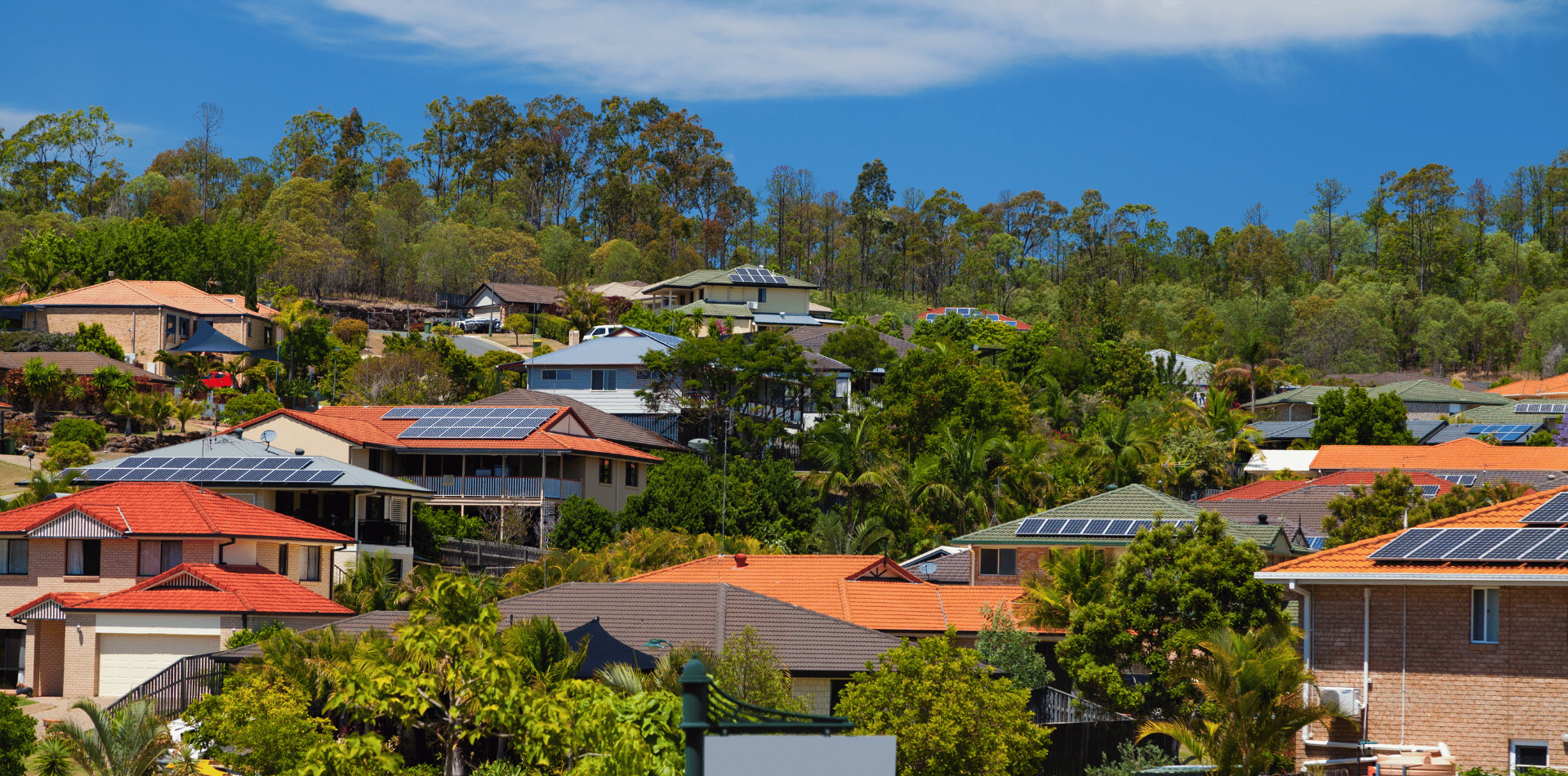
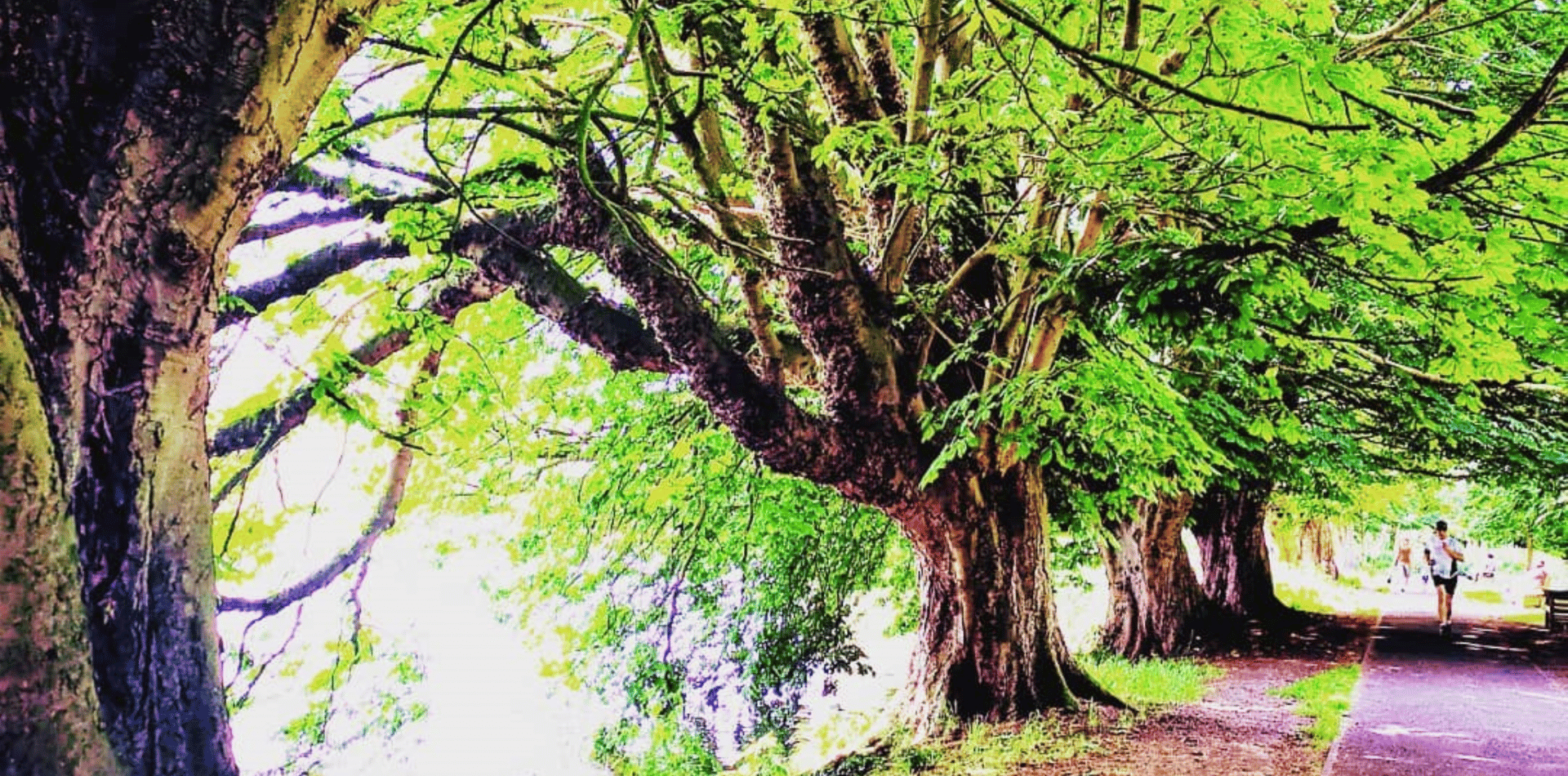
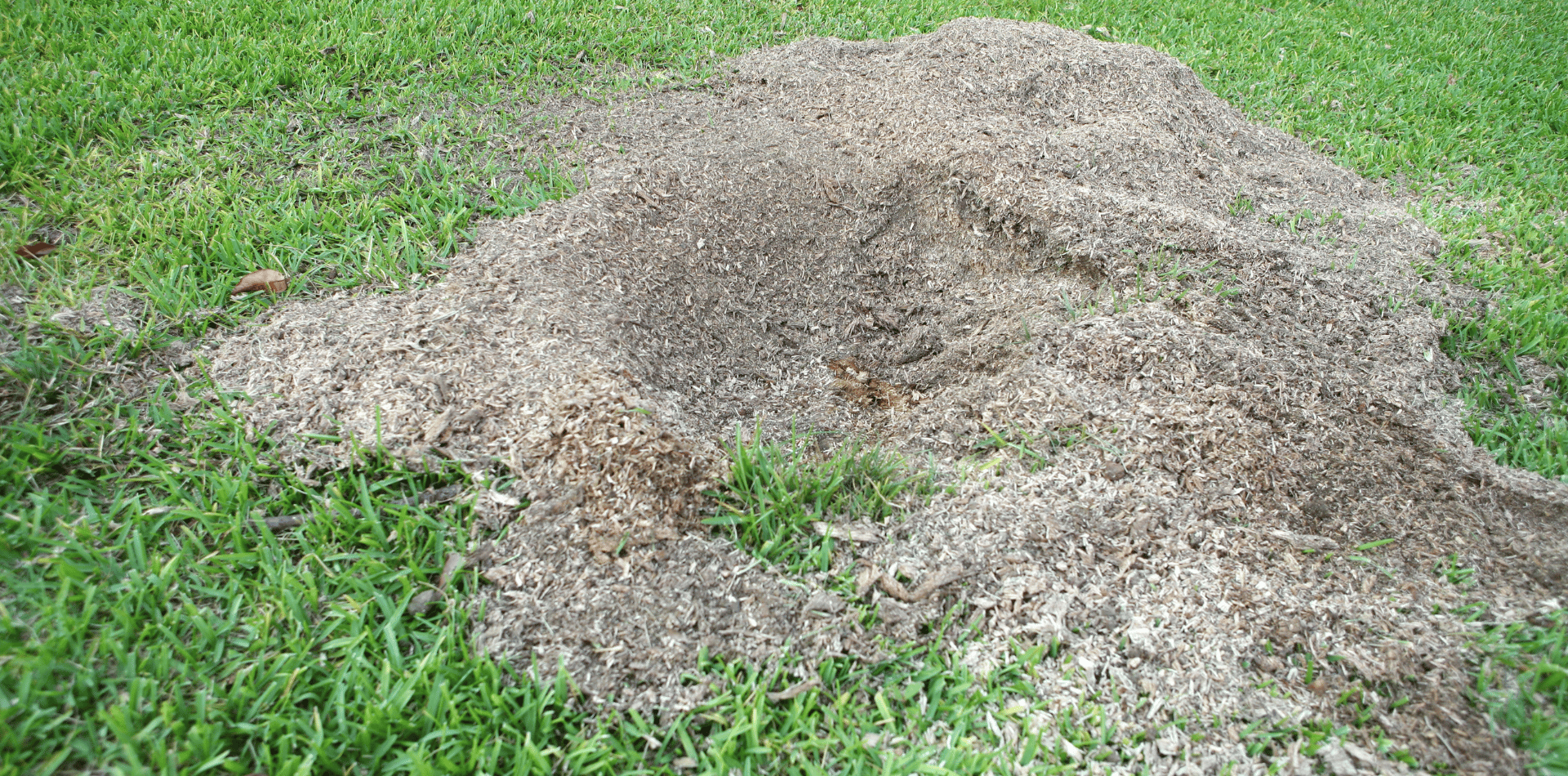


Contact
Kaptol Tree Removal Newcastle
A Member of the Kaptol Group
Powered by Kaptol Media

